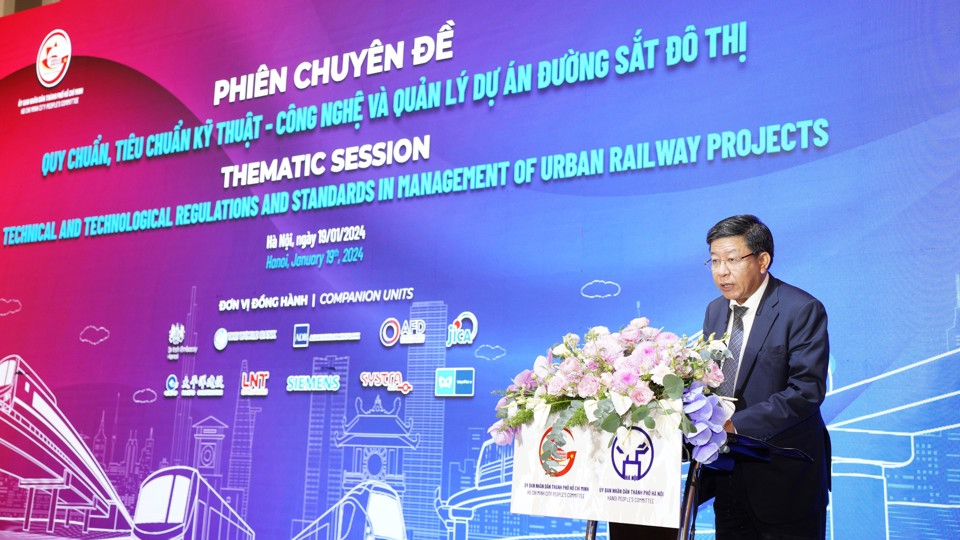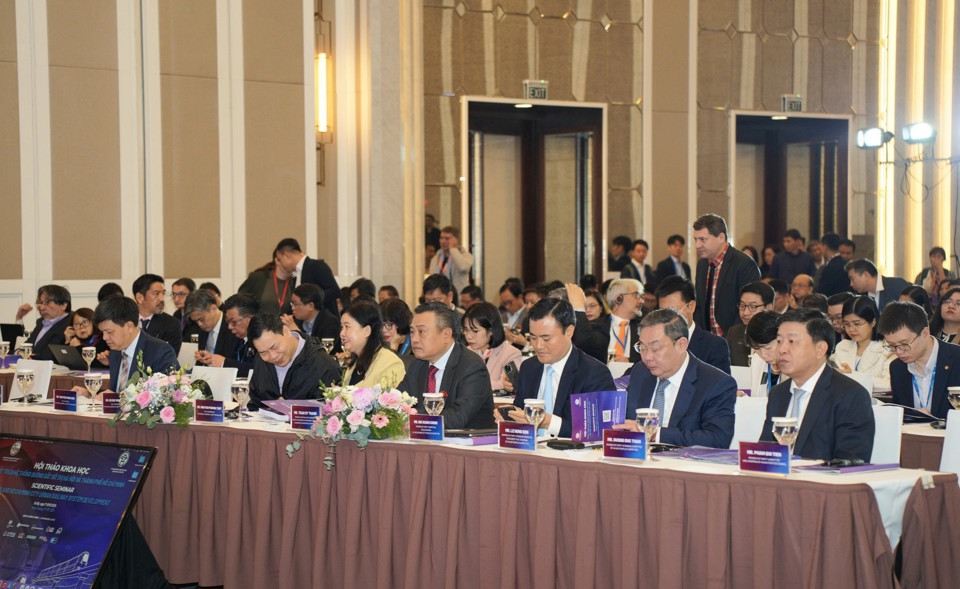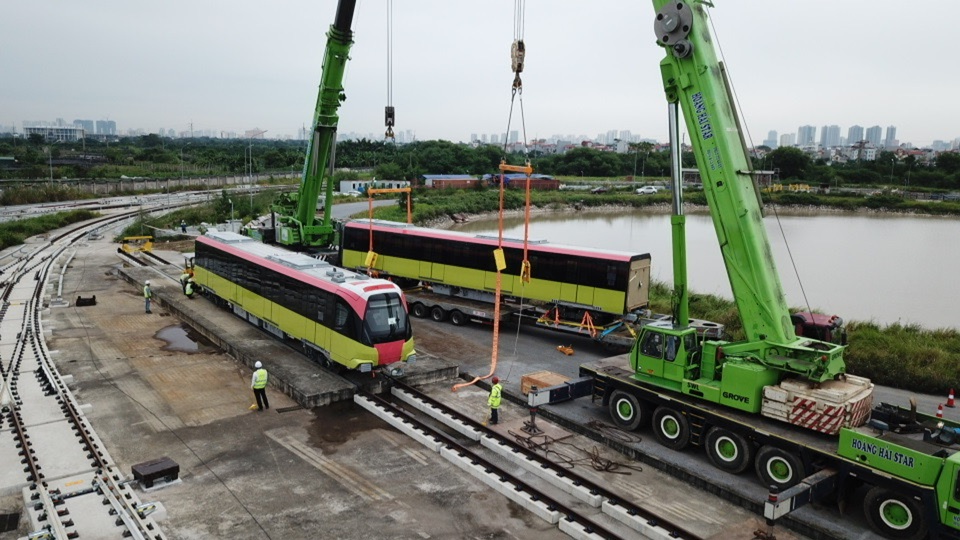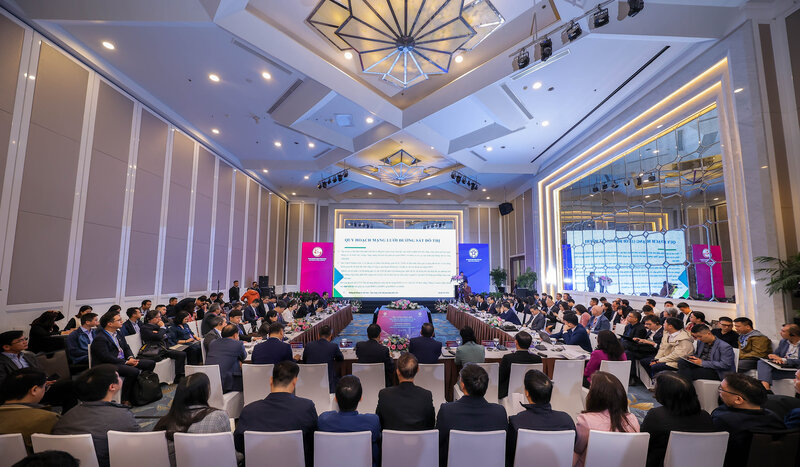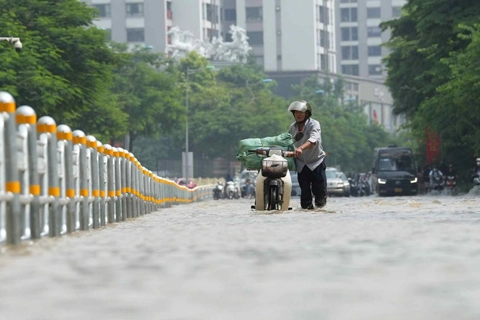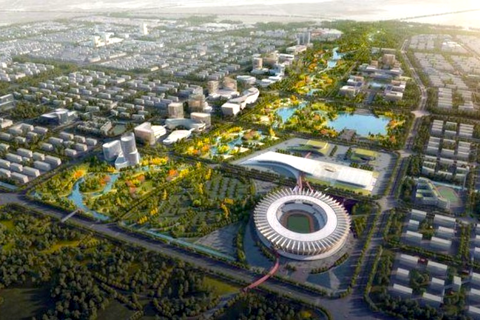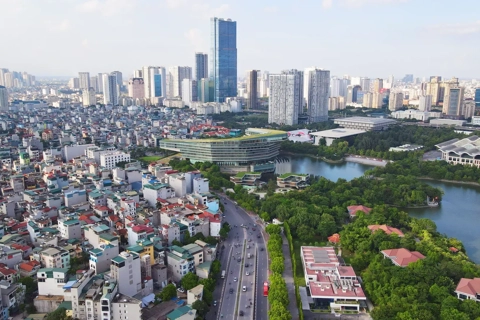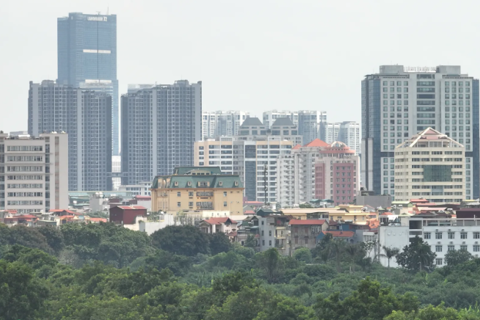Standardization of technical regulations essential to avoid delays in urban railway projects
Having specific and feasible policies that take into account practical conditions will be the foundation for outstanding plans and solutions in urban redevelopment, specifically, urban railway systems.
Practical experience from around the world shows that the absence of common standards, technical specifications, and project management in urban railway development is a major obstacle, causing delays and potential financial issues.
“Therefore, it is essential for Vietnam, in its development and integration phase, to establish early and comprehensive standards in this area.”
| Vice Chairman of the Hanoi People's Committee Duong Duc Tuan at the session. Photos: The Hanoi Times |
Vice Chairman of the Hanoi People’s Committee Duong Duc Tuan shared the view during a thematic session on technical and technological regulations and standards in managing urban railway projects held today [January 19] in Hanoi, part of the three-day events on promoting urban railway projects in Hanoi and Ho Chi Minh City (from January 17-19).
Tuan added that according to current planning, Hanoi will have 10 urban railway lines, including 9 main lines and 1 line connecting satellite towns, with a total length of 417.8 km, including 75.6 km underground. Specifically, Line 1: Yen Vien - Ngoc Hoi, 38.7 km long; Line 2: Nam Thang Long - Tran Hung Dao, 35.2 km long; Line 2A: Cat Linh - Ha Dong, 14 km long; Line 3: Nhon - Hoang Mai, 48 km long; Line 4: Dong Anh - Me Linh, 54 km long; Line 5: Van Cao - Hoa Lac, 39 km long; Line 6: Noi Bai - Tay Ngoc Hoi, 43 km long, connecting with Line 4; and Line 7: Ha Dong - Me Linh, 35 km long; Line 8: Hoai Duc - Gia Lam, 28 km long.
However, only 13 km of Line 2A Cat Linh - Ha Dong has been completed, and 12.5 km of Line 3 Nhon - Hanoi Station is under construction.
“A common issue in the development of urban railways is the delay in project progress, and one of the reasons for this is the lack of standardized systems,” Tuan said.
During a workshop, Yu Tao, Chief Engineer of China Railway 16th Bureau Group Corporation, stated that urban rail transportation systems require a unified standard system to ensure smooth operation.
Based on the study of completed and ongoing urban rail transportation projects in Hanoi and Ho Chi Minh City, he suggested that Vietnam can establish a unified system of standards for urban rail transportation to ensure compatibility and interaction of the city's railway lines, better meet the growing travel demand and promote sustainable economic development.
| Delegates at the event. |
According to Yu Tao, the establishment of unified technical standards among various entities is crucial for the construction of urban subway systems in China. This includes coordination and communication between different units, such as design, construction, supervision, and operation.
To ensure quality and safety for urban railway projects, design and construction units should work closely together to develop detailed design plans and construction schedules together, he added.
An urgent matter
Dr. Le Cong Thanh, from the Institute of Science and Technology under the Ministry of Transport shared that in practice, both Hanoi and Ho Chi Minh City, like other major cities in countries such as China, Japan, and other nations, had drawn up comprehensive urban development plans early on to ensure long-term development.
The urban railway system is considered the "backbone" of the transportation infrastructure in both cities. The substantial investment in building the urban railway network is expected to not only change the urban landscape and address traffic congestion issues but also influence future public transportation usage habits and traffic culture, reducing the number of personal vehicles and environmental pollution.
| Testing the Nhon - Hanoi Station railway line. |
Therefore, having specific and feasible policies that take into account practical conditions will be the foundation for outstanding plans and solutions in urban redevelopment, and specifically, urban railway systems, he added.
In particular, Thanh suggested that urban railways involve attracting investment from various countries, so it is necessary to have synchronized standards that suit Vietnam’s natural and socio-economic conditions. He said this will contribute to increasing autonomy toward industrializing the railway sector, reducing repair and maintenance costs.
Dr. Nguyen Thi Hoai An, from the Faculty of Transportation and Railway Economics (University of Transport), stated that standardization is a crucial prerequisite for innovation and safety in the railway system.
“Standards serve as a measure, of technical potential, increase innovation and competitiveness of the railway sector internationally, and improve operational quality and cost-effectiveness,” Thanh asserted.
Echoing this view, urban transport expert Phan Huu Duy Quoc emphasized that the current application of standards for urban rail transportation in Vietnam is not uniform. Technical standards for each line vary according to the requirements of the capital funding source, following technologies from Japan, China, or Europe.
This leads to differences, such as in the designs of the four metro tunnels, which makes the use of tunnel boring machines (TBMs) to dig all four impossible.
| Overview of the session. |
Quoc also pointed out potential issues in using different standards, such as wasting resources by not being able to use equipment and technical products.
To meet the development needs of the urban railway system in the future, Quoc suggested the application of an existing technical standard system that takes into account local conditions, such as load-bearing capacity and the environment.
He referred to the Prime Minister's Decision No. 198/QD-TTg dated February 9, 2018, on Improving the System of Construction Standards and Technical Regulations.
Quoc noted that the Ministry of Construction has reviewed and compiled important standards on surveying, structural design, geotechnics, technical requirements, and testing methods for materials based on the European standard system.
Valuable experience for Hanoi
In his concluding remarks following the end of the session, Hanoi’s Vice Chairman Tuan emphasized the increasing role of the urban railway system.
Not only do urban railway projects transform the landscape and contribute to the development of each country, but they also significantly enhance the quality of life for citizens.
However, delegates were also open about the unresolved issues in the process of investing in and constructing the urban railway projects.
Particular emphasis was placed on establishing a long-term vision with the active and unanimous participation of the public. This includes refining a comprehensive development strategy for urban railways, ranging from the government apparatus, mechanisms, and policies, to awareness and implementation.
Delegates also stressed the importance of encouraging, mobilizing, and diversifying resources to build and apply scientific and technological advancements, thereby enhancing the efficiency of design and project implementation efforts.
"Contributions and opinions will serve as valuable sources of information for leaders, managers, and policy-makers to reference in developing strategies for the urban railway projects in particular, and public transportation systems in Hanoi. This contributes to the construction of a sophisticated and modern capital city, fostering civilization and progress," Tuan said.

